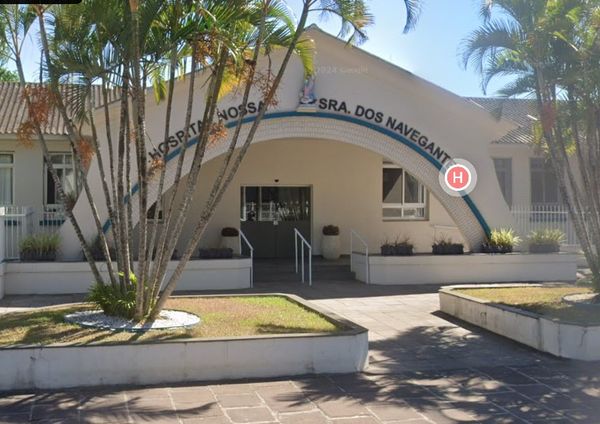
The dollar index (DXY00) on Monday rose by +0.08% but remained below last Friday’s 3-week high. Higher T-note yields on Monday supported the dollar. Also, weakness in the yen on Monday was positive for the dollar on a report that the BOJ is in no hurry to end negative interest rates. The dollar also had carryover support from last Friday’s stronger-than-expected U.S. Nov payroll report. Strength in stocks on Monday limited the dollar’s upside.
The markets are discounting a 1% chance for a +25 bp rate hike at the Tue/Wed FOMC meeting and a 0% chance for that +25 bp rate hike at the following FOMC meeting on Jan 30-31, 2024. The markets are then discounting a 43% chance for a -25 bp rate cut at the March 19-20, 2024, FOMC meeting and are more than fully discounting (107%) that -25 bp rate cut at the Apr 30-May 1, 2024, FOMC meeting.
EUR/USD (^EURUSD) on Monday was unchanged. Strength in the dollar Monday limited gains in the euro. Also, position squaring weighs on the euro ahead of Thursday’s ECB meeting results. Losses in the euro are limited as swap prices show that the chances of an ECB rate cut in Q1-2024 have fallen.
Swaps tied to ECB meeting dates have now priced in a 58% chance that the ECB will reduce its benchmark rate by -25 bp at the March 7 meeting, falling back from last Friday’s 67%.
USD/JPY (^USDJPY) on Monday rose by +0.88%. The yen was under pressure Monday on a report that said the BOJ is in no hurry to exit its negative interest rate policy. Also, higher T-note yields on Monday undercut the yen. In addition, the sharp +1.5% rally in the Nikkei Stock Index Monday reduced the safe-haven demand for the yen.
BOJ officials reportedly see little need to rush into scrapping its negative interest rate policy as they have yet to see enough evidence of wage growth that would support sustainable inflation.
Japan's Nov machine tool orders fell -13.6% y/y, the eleventh consecutive month orders have declined.
The Japan Q4 BSI large manufacturing business conditions rose to 5.7 from 5.4 in Q3, the highest in 2 years.
February gold (GCG4) Monday closed down -20.80 (-1.03%), and Mar silver (SIH24) closed down -0.218 (-0.94%). Gold and silver prices Monday extended last Friday’s sharp losses, with gold falling to a 3-week low and silver falling to a 3-1/2 week low. A stronger dollar on Monday was negative for metal prices. Also, higher T-note yields on Monday were bearish for precious metals. In addition, gold is under pressure on negative carryover from last Friday’s stronger-than-expected Nov payroll report that dampened expectations for the Fed to ease monetary policy. Finally, silver prices are sliding on industrial metals demand concerns after Japan’s Nov machine tool orders fell -13.6% y/y, the eleventh consecutive month that machine tool orders have declined.
On the date of publication, Rich Asplund did not have (either directly or indirectly) positions in any of the securities mentioned in this article. All information and data in this article is solely for informational purposes. For more information please view the Barchart Disclosure Policy here.






